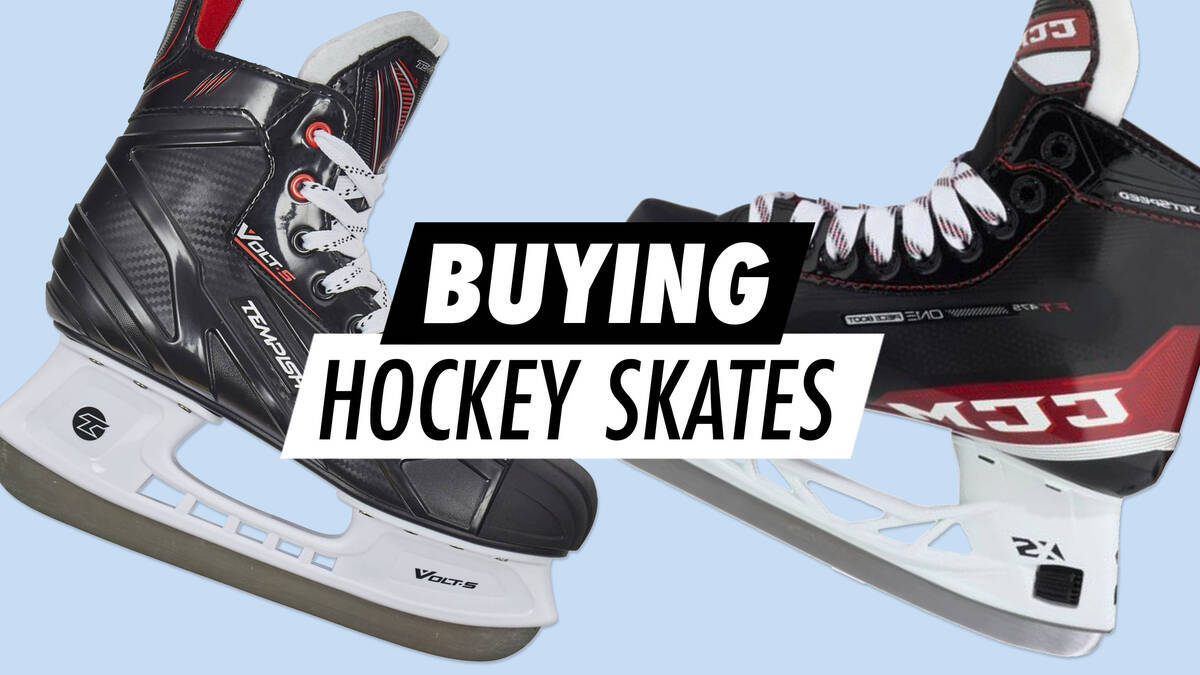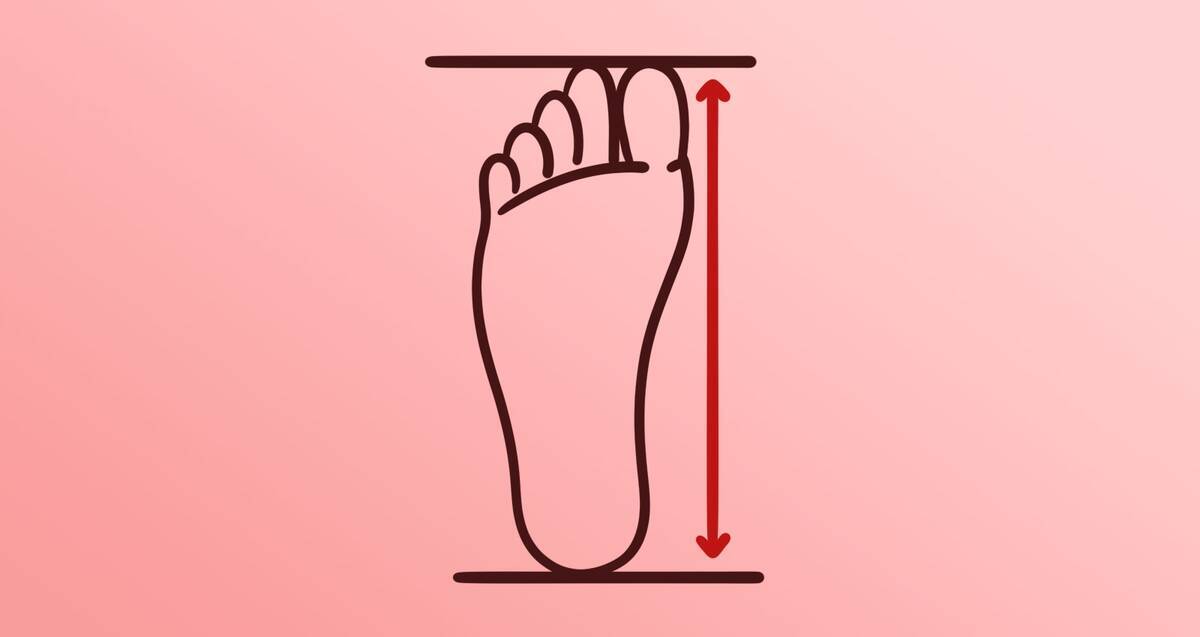Guide to Buying Ice Hockey Skates

Selecting the perfect pair of ice hockey skates significantly impacts both comfort and performance. Choosing wisely is crucial to fully enjoying the game. This comprehensive guide will provide you with all the essential information needed when purchasing hockey skates.
Steps for Trying On New Ice Hockey Skates
To ensure a perfect fit when trying on new hockey skates, adhere to these straightforward steps:
- Loosen the laces sufficiently so your foot can slide effortlessly into the boot. Move your toes as far forward as possible. The correct size is found when a finger can just fit behind your heel in the boot.
- Wear both skates. Tie them snugly but avoid excessive tightness. Walk around to evaluate comfort, making sure there are no painful pressure areas.
- Secure your heel towards the back. Your heel should remain fixed without any movement.
- Verify the space available for your foot, ensuring there is ample room in the centre and toes, without experiencing any discomfort.
- Flex your knees. The skate should bend to facilitate a proper hockey stance.
- Exert lateral pressure. The skate should feel rigid with adequate support for strong skating.
Well-fitted skates provide optimal control and stability, promoting seamless and assured movement on the ice. Overly large skates will seem unstable, while skates that are too small will cause discomfort. Follow these recommendations, transforming your skates into an integral aspect of your gameplay.
Essential Factors to Consider When Buying Ice Hockey Skates
Sizing Your Ice Hockey Skates

Unlike regular shoes, ice hockey skates require different sizing methods. Sizing differs based on the manufacturer and model, making it crucial to check the dedicated sizing guide for the skates you wish to purchase, particularly when buying hockey skates online.
- Foot measurements: Place your foot against a wall and measure from the wall to the tip of your big toe.
- Sizing guides: Refer to each product's size chart to match your foot length with the appropriate skate size.
- Width: Some brands offer various width options, so consider this for a superior fit.
A correct fit is vital for ensuring both comfort and optimal performance on the ice. Refer back to the section titled "Steps for Trying On Ice Hockey Skates."
Breaking In Hockey Skates
Initially, new skates might feel stiff, but they will gradually shape to your feet. Properly breaking them in ensures both comfort and enhanced performance on the ice. Here is some guidance to assist with breaking in new hockey skates:
- Engage in regular skating to naturally soften the boot.
- Wear the skates at home with hard skate guards when taking time off the ice.
- If you've purchased heat moldable skates, visit a professional ice skating shop for proper fitting.
- Take brief pauses to prevent foot fatigue.
Taking the necessary time to break in your skates effectively can prevent undue discomfort and bolster confidence and agility on the ice.
Ideal Tightness for Hockey Skates
Hockey skates should be sufficiently tight to provide support, yet not so tight as to cause pain. The laces must securely hold your foot, especially around the ankles, while also allowing some flexibility for knee bends. Always check for pressure points when lacing.
Recommended Ice Hockey Skates for Beginners and Youth
For those new to hockey or purchasing for a young player, it's essential to focus on comfort, durability, and cost-effectiveness. Choose skates that offer robust ankle support, a snug fit, and features tailored to beginners or youth players.
Consider adjustable models for young players to accommodate growth spurts.
Places to Purchase Ice Hockey Skates
Visiting SkatePro, whether in-store or online, is an excellent way to find suitable hockey skates and equipment. As a specialised skate shop established in 1996, we provide a vast range of products complemented by expert service. Our well-informed staff can offer fitting guidance and ensure your skates are accurately adjusted, maximising both performance and comfort. We also deliver expert skate sharpening to maintain your equipment's optimal state.
For online shopping, SkatePro offers a convenient browsing experience through our extensive range of hockey skates and add-ons. Our sizing guides enable informed decision-making, and if the fit isn't correct, we provide easy returns.
Explore our selection of ice hockey products:
- Ice Hockey Skates
- Hockey Sticks
- Pucks
- Ice Hockey Protection
- Ice Hockey Accessories & Hockey Clothing
Expand your knowledge with these guides:
